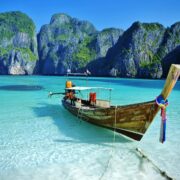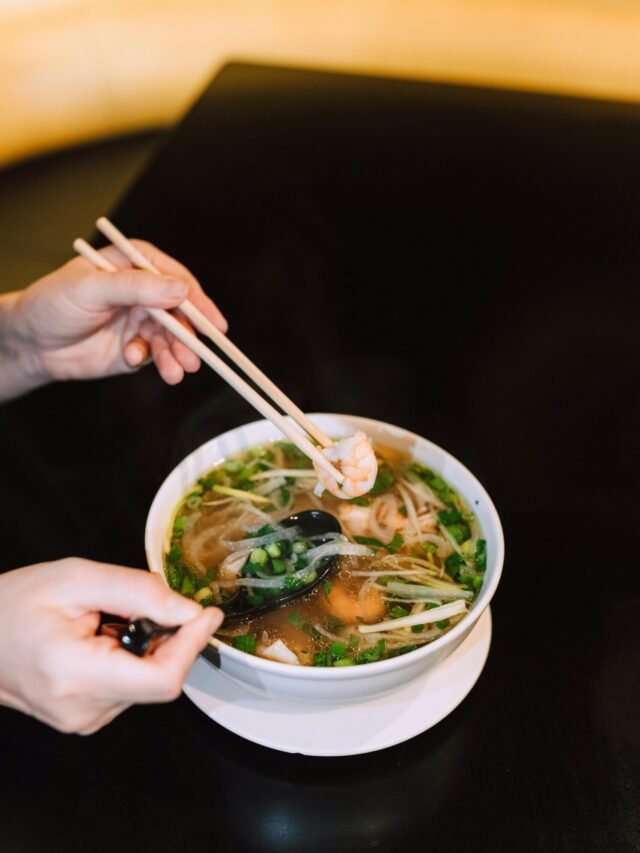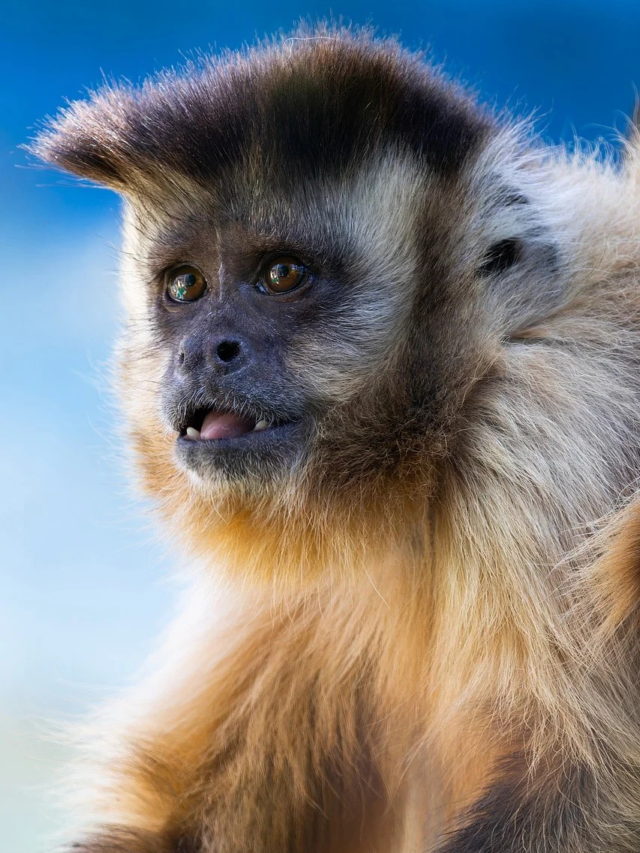
Let’s delve into the realm of South Korea, a nation currently in the limelight due to the global craze for K-pop and K-dramas. Amidst the many marvels within South Korea, one noteworthy attraction is the renowned Coffee Street.
Before you read ahead, how about connecting with us on Instagram: Our handle is: StyleRug
Table of Contents
So, what exactly is it, and why does it generate such significant excitement? Let’s unravel the mystery.
Gangneung: The Coffee Hub
Situated approximately 150 kilometers away from Seoul, Gangneung on South Korea’s east coast has emerged as the nation’s epicenter for coffee enthusiasts. Within the city, you’ll find a coffee museum, coffee street, coffee factory, barista academy, and various other coffee-centric facilities and attractions.

Read: 5 Things Every Guy Needs to Know About Coffee
Gangneung, located in Gangwondo, holds the distinction of being the first local district in South Korea to host a coffee festival. Notably, all local coffee cafes in Gangneung take pride in roasting their own coffee beans.
- Belly Band for Back Pain During Pregnancy: How It Works and Why Moms Love It
- 2026 Hyundai Verna Facelift Spotted Testing — New Design, Dual Screens & Level 2 ADAS on the Way
- Yamaha Unveils Four New Models: XSR155, FZ-Rave, Aerox Electric & EC-06 — A New Era of Performance and Electrification
- 2026 Kia Seltos Global Debut Set for December 10 — Hybrid Power, New Design & Upgraded Features Revealed!
- 2025 Hyundai Venue Unveiled: New Dual 12.3-Inch Curved Screen, Level 2 ADAS & More Ahead of November Launch

Read: Where to Try the Best Coffee in The World
The city boasts a lineup of 40 cafes, each offering a diverse selection of Arabica and specialty coffees sourced from around the world.
A Haven for Coffee Aficionados: The Coffee Museum
Nestled in the picturesque Wangsan Valley of Gangneung, the Gangneung Coffee Museum offers a captivating setting surrounded by natural splendor. The museum provides an immersive journey through the entire coffee-making process across five exhibit halls and three experience centers. Displaying around 3,000 rare coffee artifacts from various corners of the world, the museum also features a cafe offering a curated selection of top-notch artisanal coffees.
Read: 10 Surprising Health Benefits of Coffee for Men
Additionally, a locally renowned brand operates a coffee plantation in the Daegwallyeong foothills, welcoming visitors to explore the farm. After the guided tour, visitors have the opportunity to participate in roasting and grinding their coffee beans at the on-site cafe, gaining insights into the production and processing of coffee beans.
Paradise Nestled In The Heart Of Anmok

Exploring “Coffee Street” becomes even more enchanting with the presence of Anmok Beach along the coastline. While the beach draws surfers seeking ideal waves from June to August, its specialty eateries remain popular throughout the year. Each establishment boasts beautiful interiors and splendid ocean views, creating an inviting atmosphere.
These locations exude all the quintessential beachy vibes — a stunning seascape, azure skies, pristine white sand, and crystalline waters. Extend your visit until the afternoon at Anmok Beach, indulging in delectable seafood offerings from local seafood houses, featuring delicacies such as octopus, fresh seaweed, and squid.
A Street Perfect for Capturing Memorable Photos
Beyond serving as a hub for unique and flavorful coffee creations, these cafes also double as aesthetic havens. Enjoy your coffee while immersed in the gentle rhythm of the sea waves. Notable among them are Terarosa Coffee, Bohemian Roasters, Hollys Coffee, Café Lumiere, Pine Hill Café, and the Seowon Coffee Lab. Featuring ample seating choices and a picturesque ambiance, these cafes present coffee experiences that harmonize perfectly with the breathtaking views, themed decor, and freshly hand-baked delicacies.
Coffee Festival Extravaganza

The Gangneung Coffee Festival, an annual event held every October, stands as a prominent highlight on the travel calendar. Drawing in over 500,000 visitors, it has solidified its reputation as a grand occasion, ranking second in brand reputation among 81 popular domestic festivals.
This festival encapsulates the essence of Korean coffee culture, witnessed through vibrant celebrations. Expert-led seminars delve into the intricacies of coffee, while a multitude of coffee shops from all corners of the country converge to offer tantalizing beverage samples to visitors. The event is further enriched with various competitions, performances, concerts, and cultural activities.
How to Reach
Gangneung in South Korea is accessible by air through Yangyang International Airport, featuring domestic flights from Seoul. The KTX high-speed rail presents a scenic two-and-a-half-hour journey from Seoul, while intercity buses, including services from Seoul and Incheon International Airport, offer a cost-effective means to explore the coastal city’s charm and cultural attractions.
Frequently Asked Questions About South Korea
1. What is the capital city of South Korea?
- The capital city of South Korea is Seoul.
2. What is the official language of South Korea?
- The official language is Korean.
3. What is the currency used in South Korea?
- The official currency is the South Korean Won (KRW).
4. What is the best time to visit South Korea?
- The ideal time to visit is during spring (March to May) and autumn (September to November) when the weather is mild, and vibrant natural colors abound.
5. Is South Korea a safe destination for tourists?
- Yes, South Korea is generally considered a safe destination for tourists. It has a low crime rate, and the locals are known for their hospitality.
6. Do I need a visa to visit South Korea?
- Visa requirements vary depending on your nationality and the purpose of your visit. Check with the South Korean embassy or consulate in your country for specific visa information.
7. What are some must-visit attractions in South Korea?
- Popular attractions include the historic Gyeongbokgung Palace, the vibrant Dongdaemun Design Plaza, the bustling Myeongdong shopping district, and the scenic Jeju Island.
8. How is the transportation system in South Korea?
- South Korea has an efficient and well-developed transportation system, including an extensive subway network, buses, high-speed trains (KTX), and taxis. English signage is common in major cities.
9. What is the local cuisine in South Korea?
- Korean cuisine is diverse and known for dishes like kimchi, bulgogi (marinated beef), bibimbap (mixed rice), and various types of Korean barbecue. Street food is also popular.
10. Is English widely spoken in South Korea?
- While English is taught in schools, proficiency may vary among the general population. In major cities and tourist areas, you can often find English speakers, especially in businesses related to tourism.
11. Can I use credit cards in South Korea?
- Yes, credit cards are widely accepted in urban areas. However, it’s advisable to carry some cash, especially in more rural areas or for smaller transactions.
12. What cultural practices should I be aware of when visiting South Korea?
- It’s customary to bow as a sign of respect, especially when meeting someone for the first time. Removing shoes when entering someone’s home is also a common practice. Additionally, silence on public transportation is appreciated.
Check out some amazing web stories below.
What's Your Reaction?
Mia Taylor is a fashion and beauty enthusiast from Sydney and writer for www.highstylife.com. She loves writing about her life experiences. Traveling and enjoying other cultures and their food with her husband is a big part of her life. She is always on a lookout for new trends in fashion and beauty and considers herself an expert when it comes to lifestyle tips















